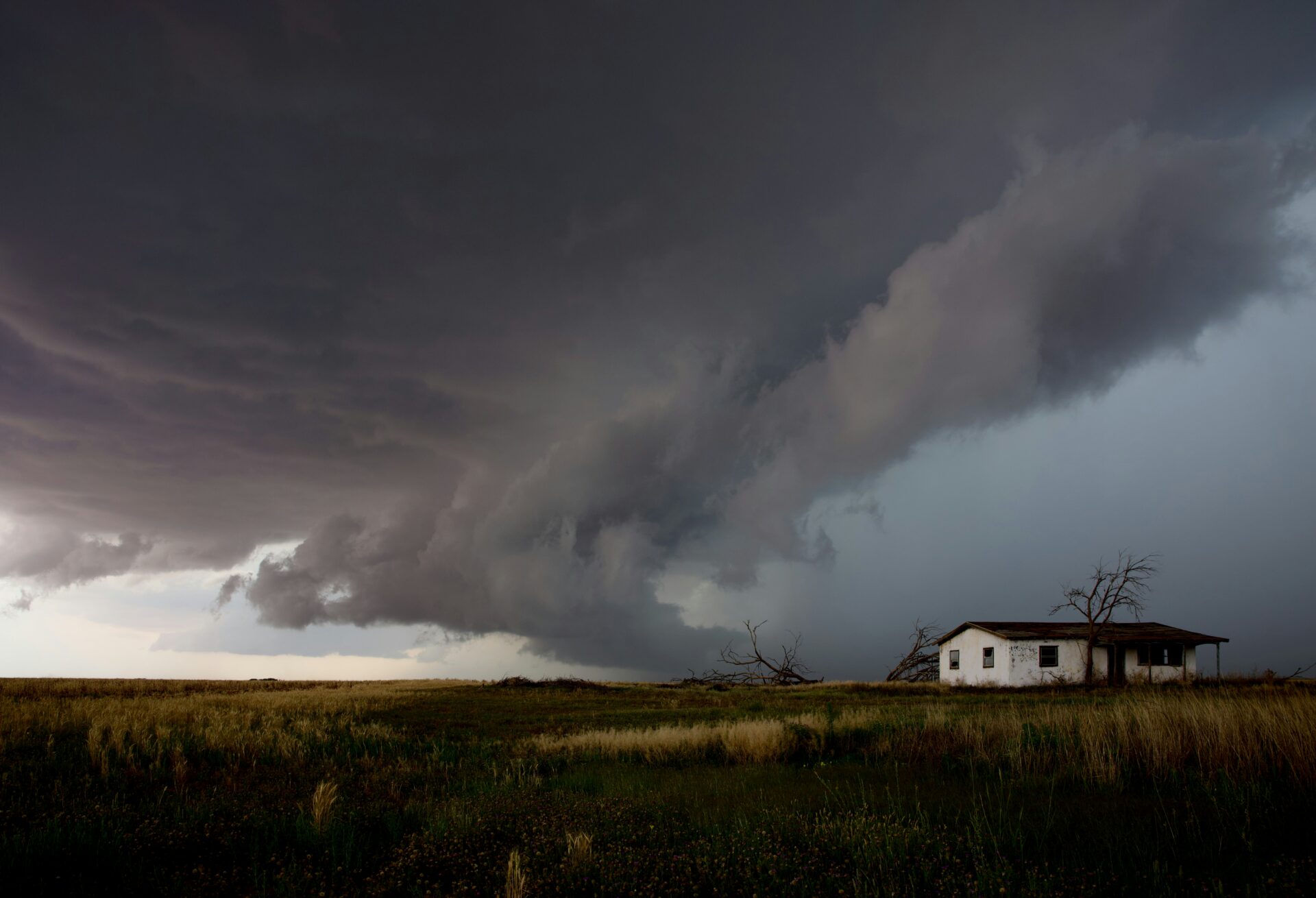From Dubai to Delhi, Sydney to Seattle, storms are growing stronger, stranger, and far less predictable. Climate change is no longer a distant theory but a lived experience, and our homes are feeling the impact. In the U.S. alone, weather and climate disasters in 2024 caused around $183 billion in economic losses. Whether it’s flash floods, record rainfall or freak windstorms, extreme weather is testing the limits of how well our buildings can cope. Whether it’s flash floods, record-breaking rainfall, or freak windstorms, extreme weather is testing the limits of how well our buildings can cope.
Protecting your home from storm damage is no longer about bracing for a ‘once-in-a-decade’ event; it’s about adapting to a new normal. Roofs, windows, and drainage systems aren’t just structural features, they’re frontline defences in a warming world. With preparation, awareness, and smarter materials, homeowners can reduce their environmental footprint while staying resilient against the forces of nature.
When powerful storms hit, they can cause widespread destruction to homes, leaving families facing unexpected repairs and emotional stress. From heavy rain and strong winds to hail and lightning, storm damage can affect every part of your property.
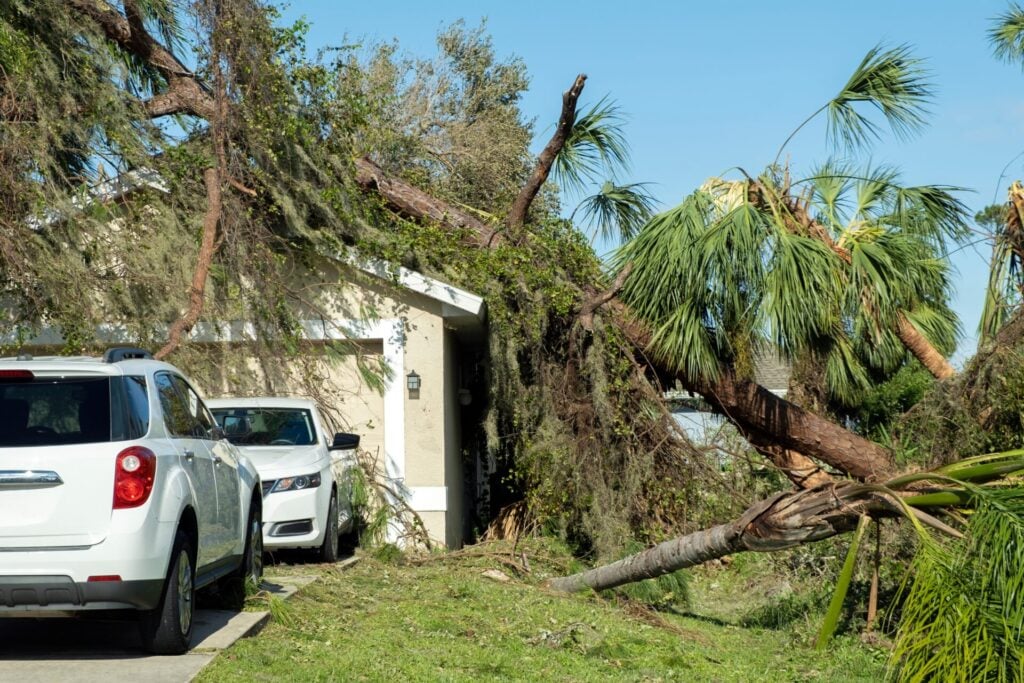
In Pittsburgh, where unpredictable weather can bring both severe thunderstorms and intense snowfalls, homeowners must take proactive steps to protect their homes. Preparing before the storm arrives can make all the difference in reducing damage and ensuring safety.
Strengthening Your Roof Against Storm Damage
Your roof is your home’s first line of defense against the forces of nature. It shields you from rain, snow, wind, and debris, making it one of the most critical components to maintain before storm season.
Regular inspections are essential to detect early signs of wear, such as missing shingles, loose flashing, or sagging sections. These small problems can quickly become serious vulnerabilities when exposed to strong winds or heavy precipitation.
If your roof shows signs of extensive damage or aging, consider a replacement before the next major storm hits. Many homeowners wonder how much does a roof replacement cost in Pittsburgh? While the price can vary based on materials, size, and the roof’s condition, investing in a durable roofing system provides long-term protection and peace of mind.
A sturdy, professionally installed roof minimises leaks, prevents structural deterioration, and enhances your home’s overall resilience during severe weather events.
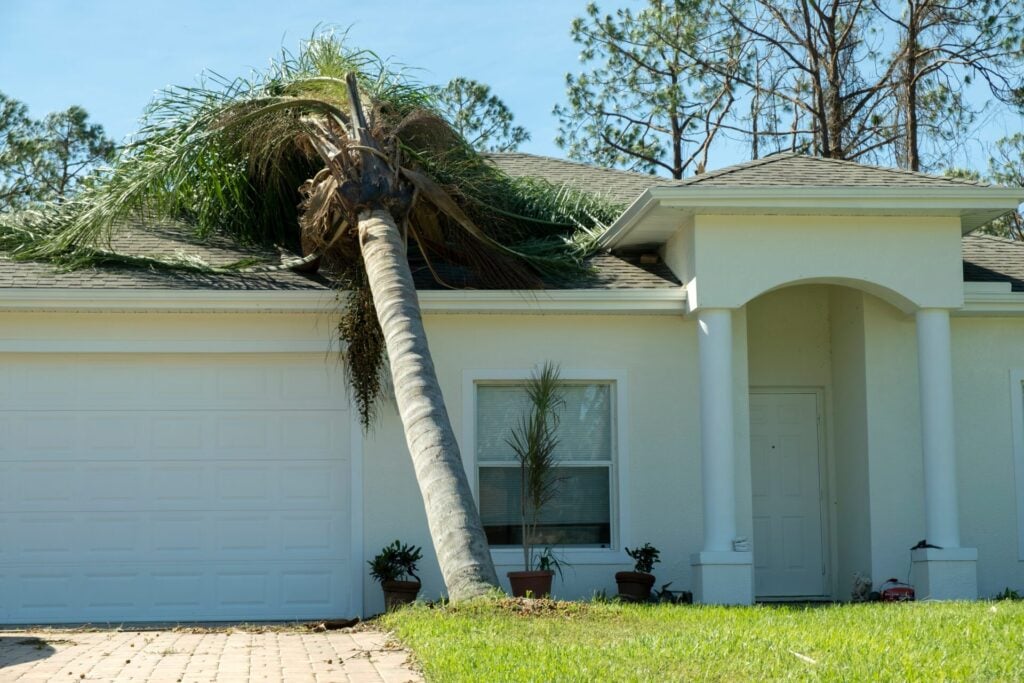
Gutters and downspouts should also be checked regularly. Clogged gutters can cause water to overflow and pool near the foundation, increasing the risk of flooding and structural weakening. Clean them out at least twice a year and ensure they are firmly attached to withstand high winds.
Safeguarding Windows and Doors
Windows and doors are vulnerable points during storms. High winds can shatter glass, while pressure changes can force doors open or even blow them off their hinges. Installing storm shutters or impact-resistant glass can significantly reduce these risks. For an added layer of protection, reinforce door frames and ensure all locks and latches are secure.
Weatherstripping is another effective and inexpensive step to strengthen your home. It not only helps seal out drafts but also prevents water from seeping in during heavy rain. For older homes, upgrading to energy-efficient and storm-rated windows offers both safety and long-term savings on energy bills.
Protecting the Foundation and Basement
Flooding is one of the most common and costly effects of storm damage. To protect your home’s foundation, ensure that the ground around your house slopes away from the structure. This prevents water from collecting near the base of your walls. Installing a sump pump in your basement or crawl space provides a critical defense against rising groundwater.
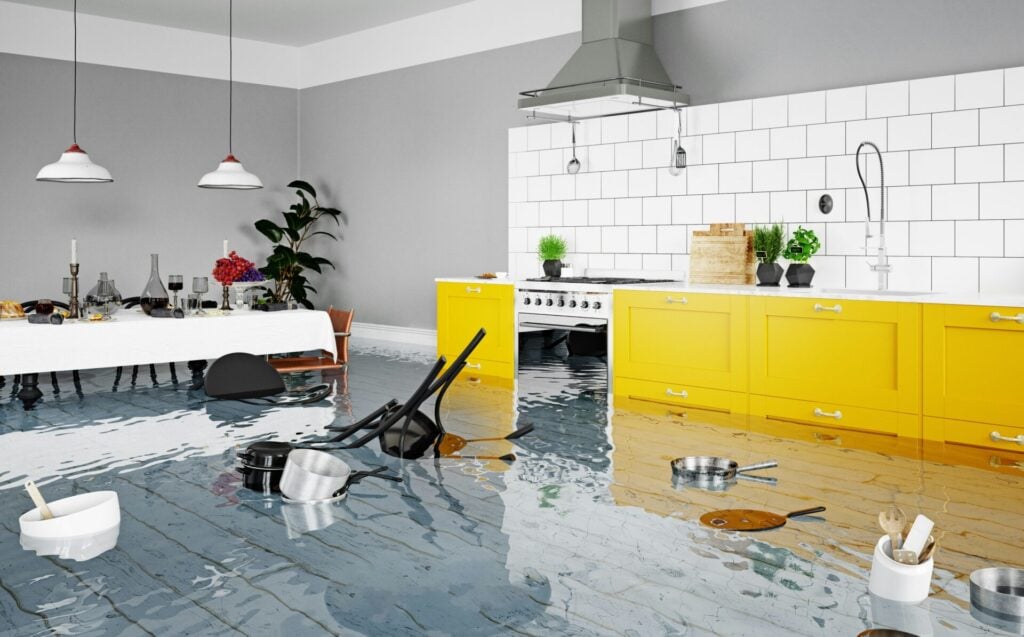
Check for cracks in your foundation and seal them with waterproof materials. Even small openings can allow moisture to seep through, leading to mold, mildew, and long-term deterioration.
Reinforcing Walls and Siding
Walls and siding face constant exposure to the elements, and their condition can significantly affect your home’s ability to withstand storms. Inspect your exterior walls regularly for cracks, gaps, or areas where siding has become loose. Repairing or replacing damaged sections prevents water infiltration, which can cause rot and mold.
Consider weather-resistant materials such as fiber cement or treated wood for better protection. Paint or sealant should also be maintained to create an added barrier against moisture.
Securing Outdoor Spaces
Your yard and outdoor structures can become hazards during a storm if not properly maintained. Trim trees and remove dead branches that could break and strike your home. Keep outdoor furniture, grills, and decorations securely fastened or stored indoors when a storm is forecasted.
Fences, sheds, and gazebos should be anchored to the ground to prevent them from becoming airborne in strong winds. If you have a deck or patio, inspect it for stability and ensure any loose boards or railings are repaired promptly.
Protecting Electrical and HVAC Systems
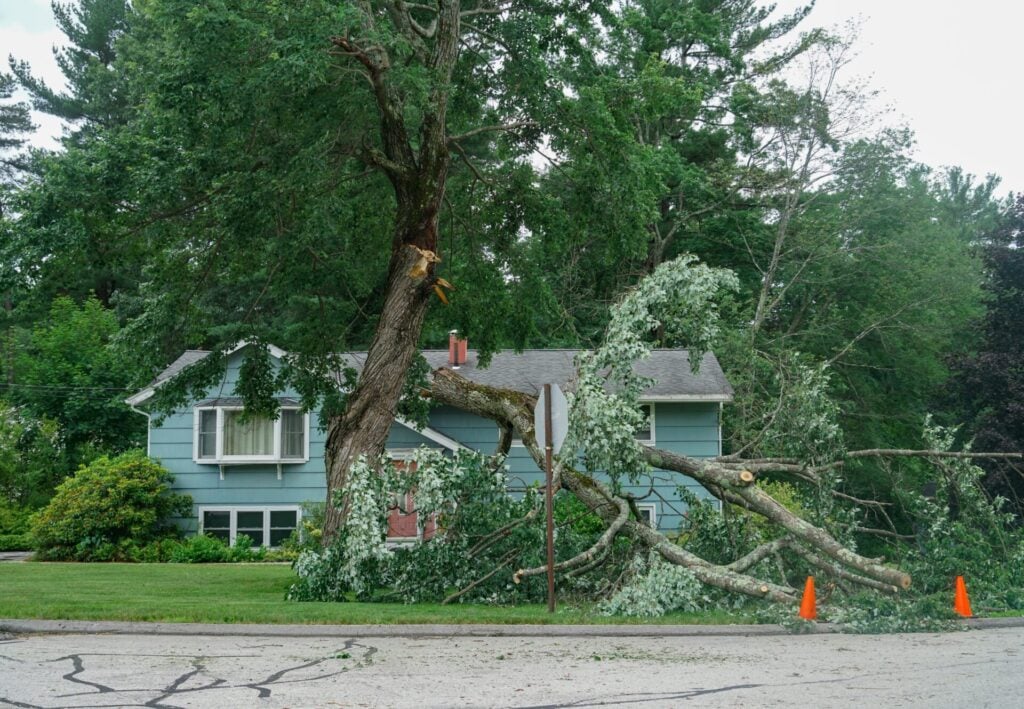
Power surges and water exposure can cause severe damage to electrical systems. Install surge protectors for critical appliances and consider having a professional evaluate your home’s wiring for safety. Outdoor outlets and fixtures should be covered and sealed to keep moisture out.
For heating and cooling systems, elevate exterior units on concrete pads to keep them above potential flood levels. Clear debris from around HVAC equipment to allow proper airflow and prevent damage from flying objects.
Managing Drainage and Water Flow
Proper drainage plays a vital role in storm preparedness. In addition to cleaning gutters, inspect all drainage paths around your property to ensure they are unobstructed. Downspouts should extend several feet away from your home to prevent water from collecting near the foundation.
Installing a French drain or rain garden can help manage excess water runoff naturally. For properties prone to heavy rain, a professional drainage assessment may reveal areas where improvements are needed to prevent pooling or erosion.
Creating an Emergency Plan
Preparation extends beyond physical protection. Every household should have a clear emergency plan to follow during and after a storm. Identify a safe interior space where family members can gather, away from windows and exterior walls. Keep emergency supplies such as flashlights, first aid kits, water, and non-perishable food readily available.
Ensure that everyone in the household knows how to shut off utilities such as gas, electricity, and water in case of emergencies.
Evaluating Insurance and Documentation
After investing time and effort in storm-proofing your home, it is equally important to ensure you have the right insurance coverage. Review your homeowner’s policy to confirm it includes protection against wind, hail, and flood damage. Document your property with photos or videos to support future claims if necessary.
Understanding your insurance policy before disaster strikes can save time and stress in recovery. Contacting your provider for clarification on coverage limits and exclusions helps you make informed decisions about additional protection.
Building Long-Term Resilience
Protecting your home from storm damage is not a one-time task. It requires consistent attention, routine inspections, and a proactive mindset. Each season brings new weather patterns and potential threats, making it important to reassess your home’s readiness regularly.
Ultimately, preparation today protects your investment, safety, and peace of mind for years to come. Storms may be unpredictable, but with the right precautions, your home can stand strong through whatever nature brings.

